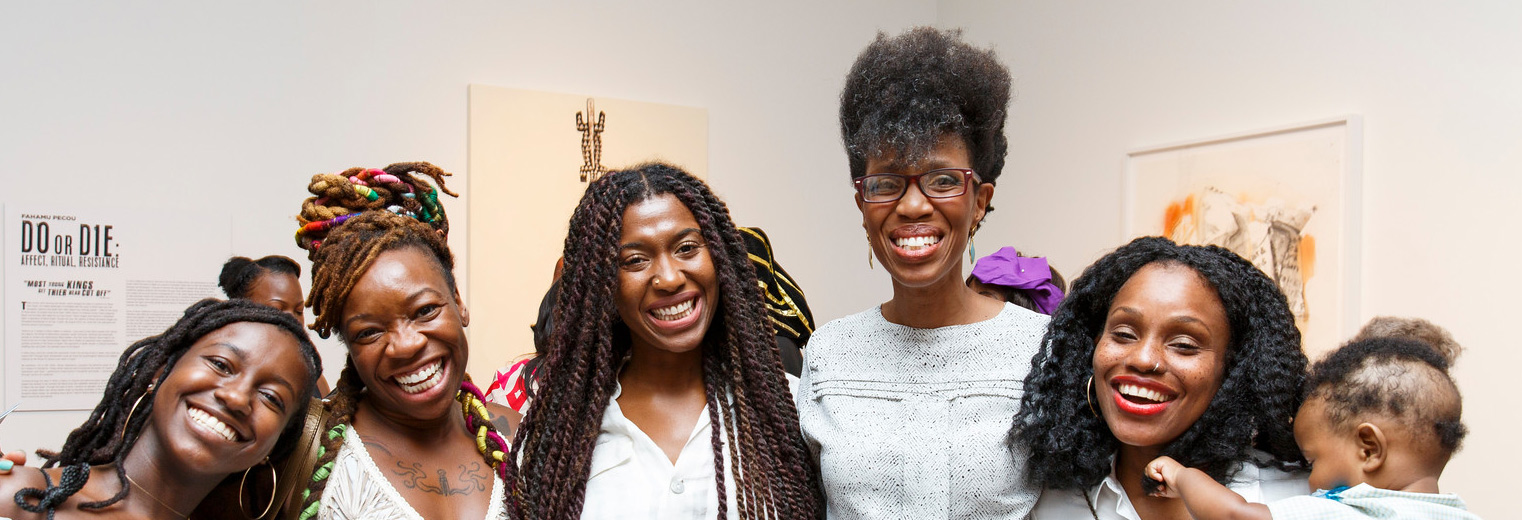

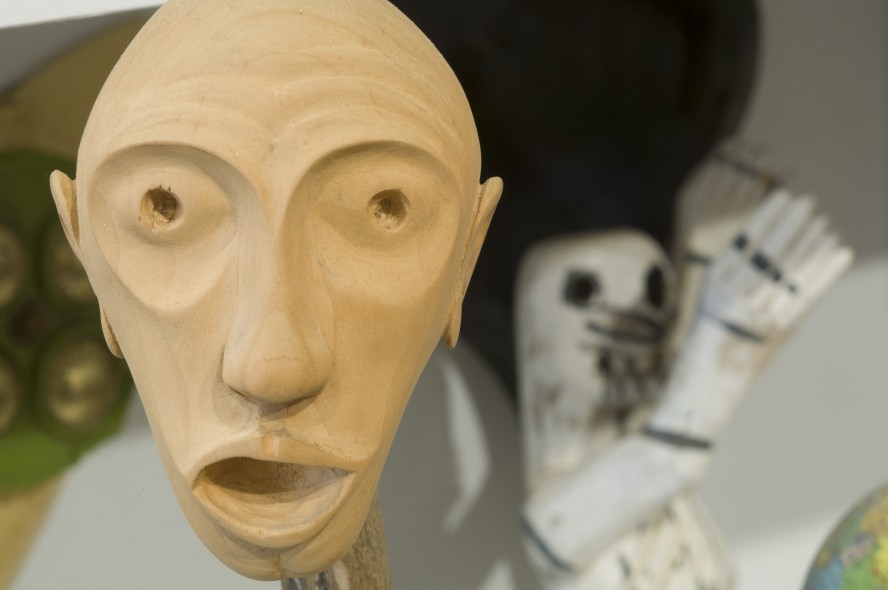
Herb Parker is best known for his large-scale, site-specific nature-based installations around the world. Yet, he has an equally interesting body of works created, often, using found objects as a point of departure, and displayed within his studio. In her previous role as education & outreach coordinator, Halsey Institute associate director Lizz Biswell interviewed Herb Parker for his fall 2013 exhibition, Studio Practice. We’ve re-shared some questions from their interview here.
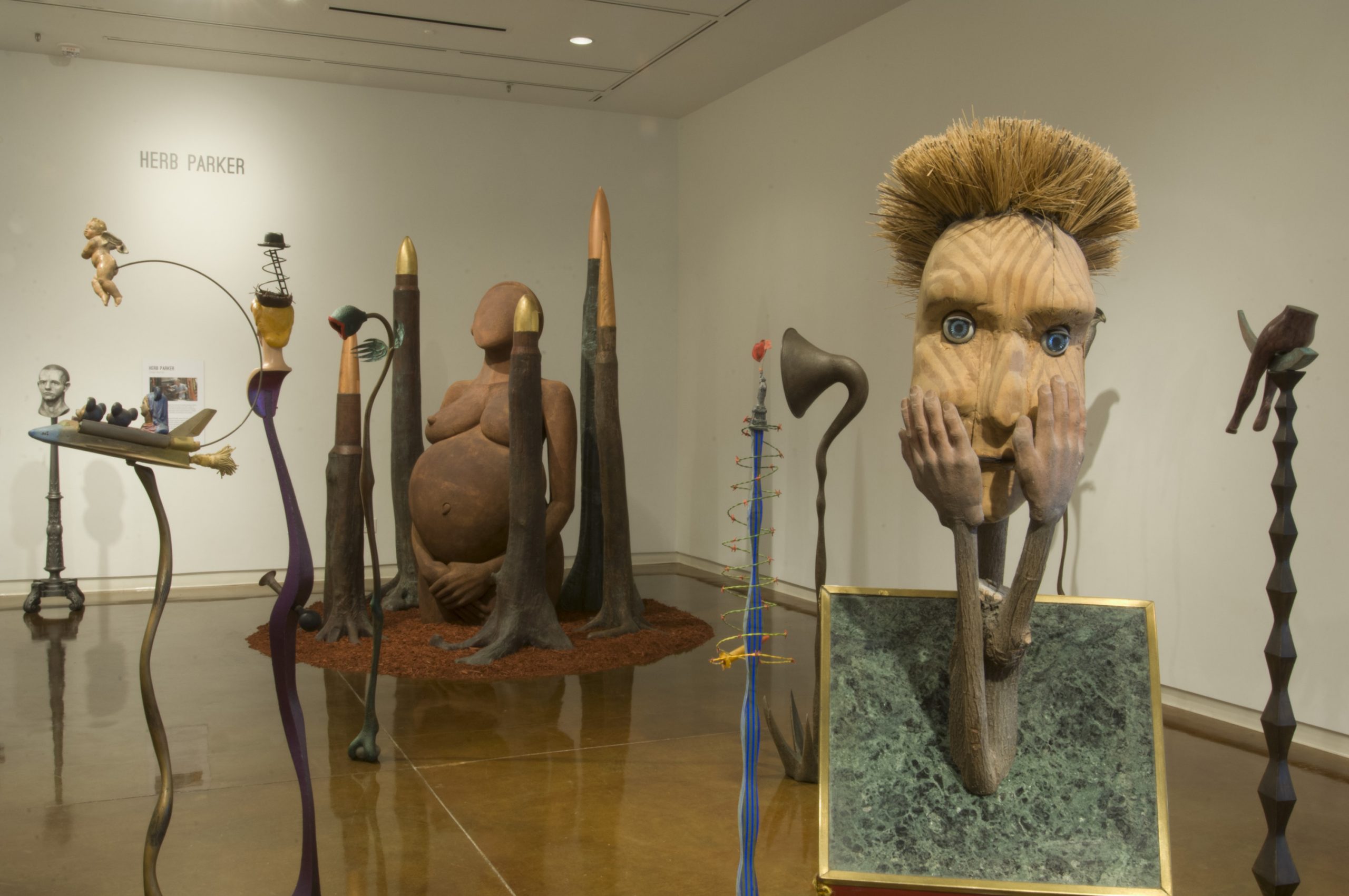
Lizz Biswell: Will you be creating a truthful reconstruction of your studio? How strong is the urge to romanticize it? Does it feel like an art piece or are you more interested in sharing the “facts” of your studio and working process?
Herb Parker: The space in the gallery will be a good indication of what my studio looks like. A space like the gallery would be an ideal studio space, maybe one day.
It would be a hard thing to romanticize; the studio is a magic place.
I think more sharing the idea of the studio practice. If I set up my studio and actually worked in the space throughout the exhibit, then I would feel it become more a piece of work in and of itself because it is not so much a space as an idea/action.
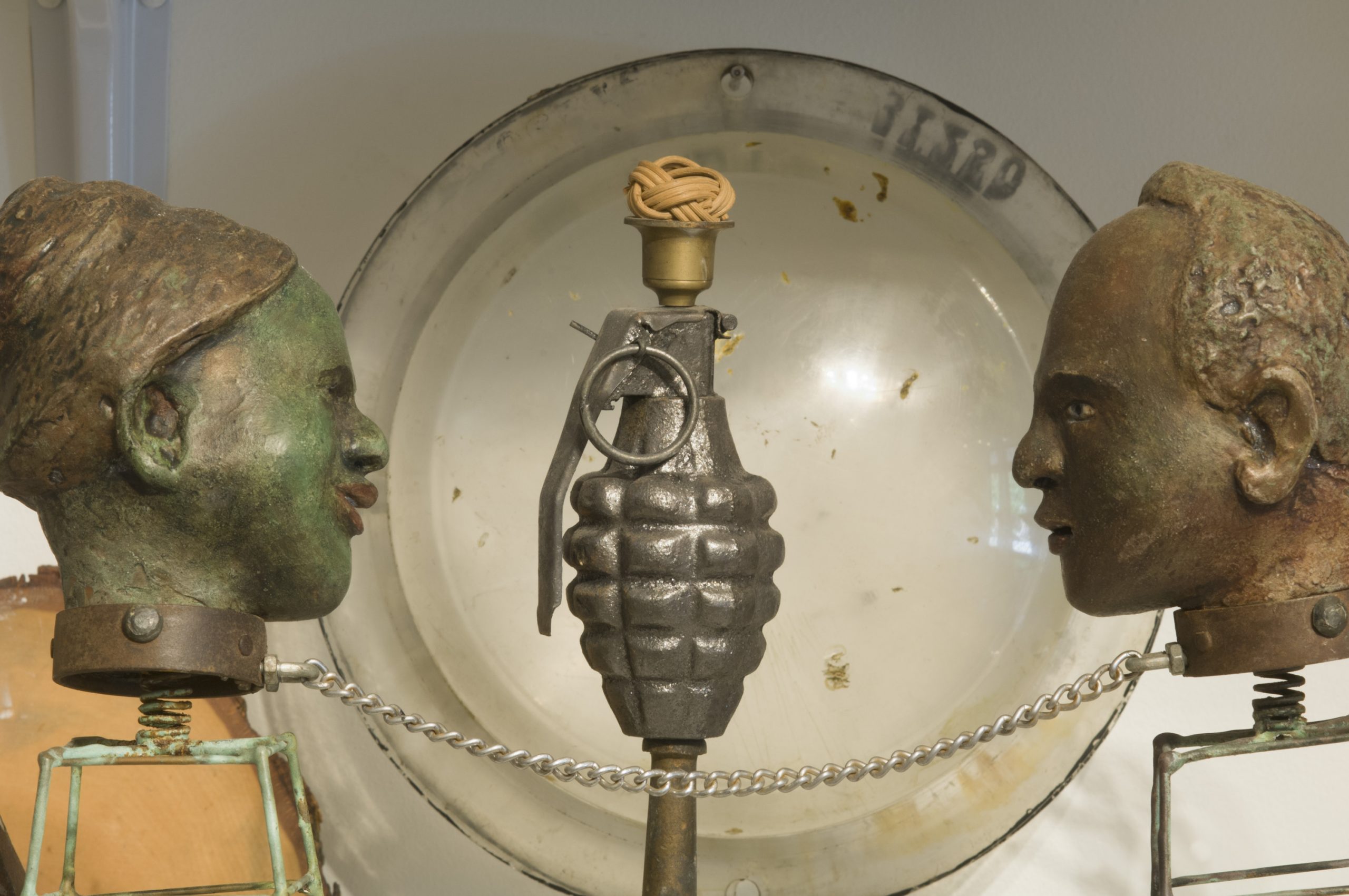
LB: Discuss how you create a piece, from conceptualization to final product.
HP: The process is different for the differing bodies of work. With the nature-based work I often start with a site visit or sometimes just research. I try and arrive at what I hope will resonate with the audience. I do many drawings and plans, work up budgets, and timelines. Most of the project’s work is done at my drawing table and can take many months. When I arrive on site, logistics are a major concern. I need materials there at very specific times in order to complete the project on schedule. Often, I need help, usually volunteers. It is mostly long, hard days of physical labor and overcoming obstacles. I try to let the work evolve during the process to become what it will be. It usually changes in subtle ways and is exciting to me and, I think, better than I had originally envisioned. You have to remain flexible.
For my object-based work, the impetus for an idea may come from any number of directions. It may be some social or political interaction that has caught my attention. It could be the shape or surface of an object that stimulates an idea; it could be stimulated by the dialogue created with a previous work. You never know where an idea may come from, so it’s good to be sympathetic to any stimulus.

LB: Can you highlight some of the recurring themes you wrestle with in your object-based works?
HP: These works are fueled by social and political ideas, as well as interpersonal and familial relationships with the expectations and antagonisms inherent in those associations. This work allows me to ruminate on an idea, exploring the ambiguities, which make differing perspectives possible. I use this activity as a means of understanding and working through the complexities of life. This work more accurately reflects the excitement and frustrations of day-to-day existence than my more ethereal interactions in the landscape.
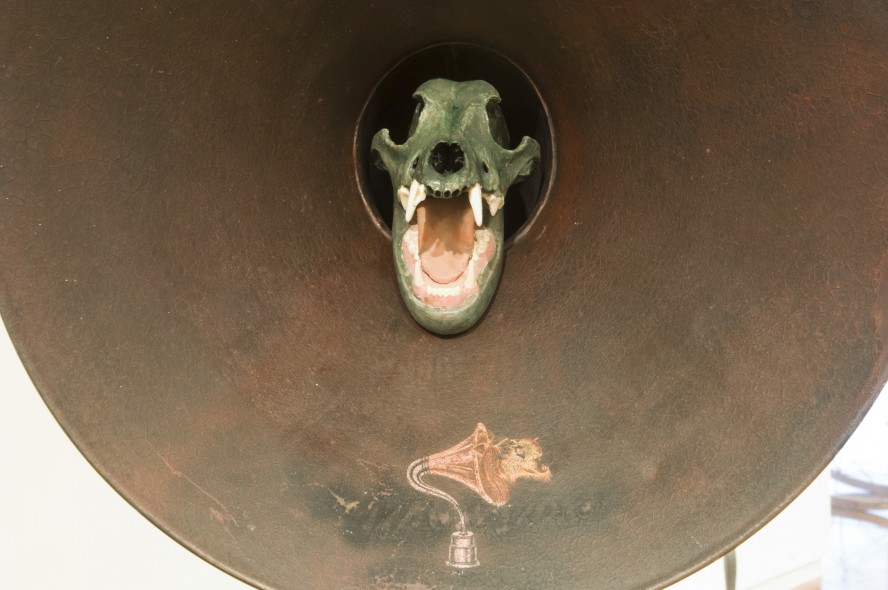
LB: Why are found objects and remnants of animals your materials of choice?
HP: I suppose the objects I am drawn to are a stimulus for the ideas I chose to pursue. At an earlier time in my career, I incorporated found objects as a regular component of the work. More recently, the things I find are more an inspiration than an element in the composition. When I do use found objects now, they are incorporated into the form without much reference to its origins.
I am drawn to interesting shapes, surfaces or associations. It could be a piece of wood that suggests something to me or a rusty old scrap of metal or an element that survived a fire or a recognizable form that has been altered with age and use. I have always been drawn to bones. Skeletal forms are very interesting constructions and offer a lot of possibilities for evolution of shape to create new realities.

LB: How much of your work’s concentration is personal thoughts, insights, and struggles and how much is an environmental or societal reflection? Are the figures in your work meant to be reflective on the viewer or perhaps portraiture?
HP: What I hope to do is reach the universal through the intimate and personal. The objects allow me to examine an idea, exploring the ambiguities that make differing perspectives possible. Often I will allow opposite viewpoints to exist simultaneously. I look at this work as visual poetry. I try to say as much as I can with as few elements as possible. I do not want to influence the audience with my personal perspective, but generate an internal dialogue that stimulates the viewer.
I use what I am familiar with in my work. The figures I employ are often taken from my family, but it is not meant as portraiture. I hope the figures stand as symbols for the human condition. I try to suggest the universal. I feel like I get a more engaging figuration if I work from life as opposed to the imagination.
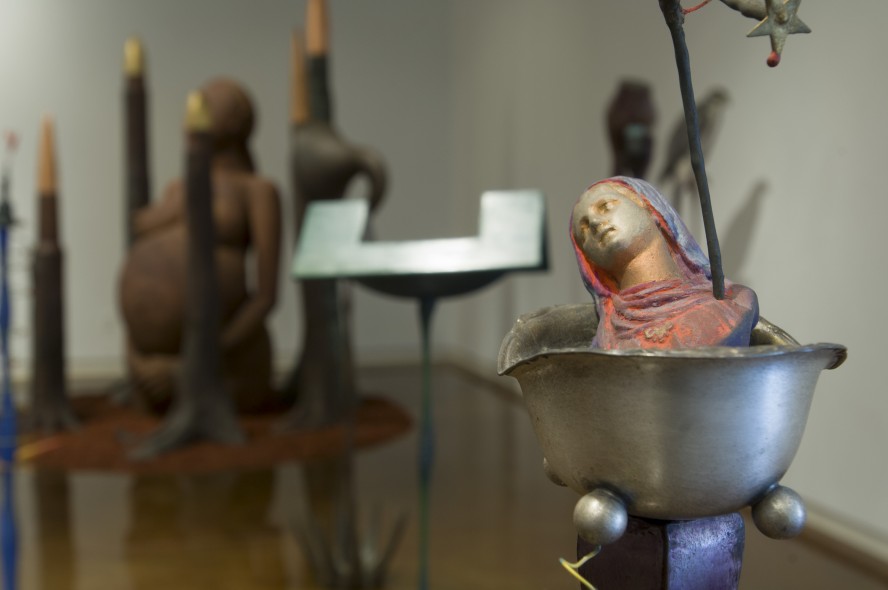
LB: Do you re-visit old pieces and continue to work on them or are you able to feel a work is fully completed and stamp it with a date? Do you concentrate and complete one project or sculpture at a time, then move on or are multiple pieces in flux at once?
HP: I have things that were begun many years ago that are still unresolved. I will break them out every now and then and revisit the idea and eventually they become complete. I am in no rush, if it isn’t ready, I can wait until I grow into it.
I am always working on multiple ideas at the same time. With the nature-based work I am designing a number of possibilities for any one project and the ideas perpetuate themselves as future possibilities. As this work is site-specific, the final work is related to that particular environment, but the idea may transcend specifics and lend itself to other landscapes possibilities. With the object-based work, I am always working on several works at the same time. I find this approach useful as each work feeds the next and they grow together. You never really know where the next work will lead you.
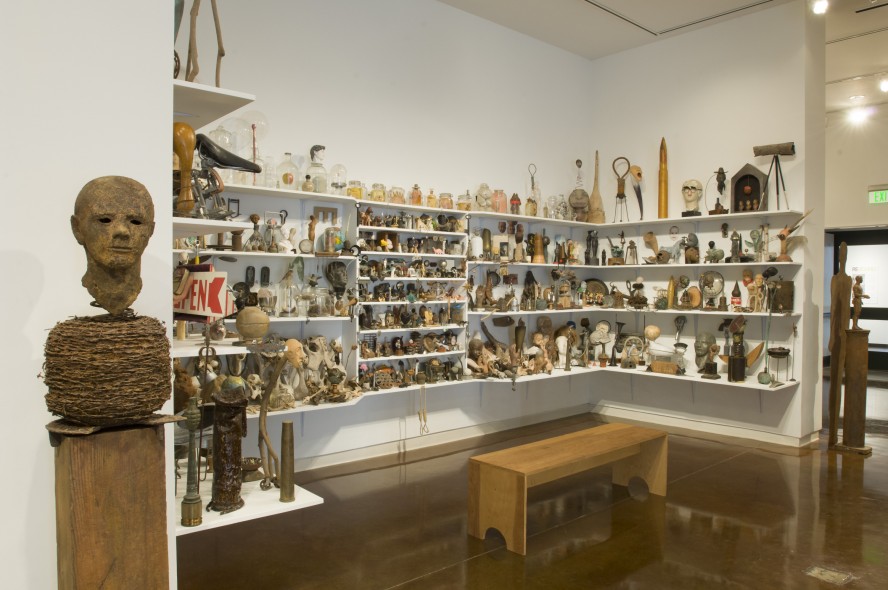
LB: What do you like to do to clear your mind after spending time in the studio? Is your studio practice more of a personal struggle that you feel compelled to grapple with than a pleasurable pursuit? How important is it for an artist to have a studio?
HP: Spending time in the studio is what I do to clear my mind from everything else. Studio time is the most exciting, frustrating, painful, enjoyable, spiritual activity I know.
It is both a struggle and a pleasure at the same time. Struggle is what makes life exciting, without some struggle, life would be extremely boring. The beginning of a work can be exciting and the end is usually exciting – in between can be excruciatingly painful.
For a sculptor, a place to work is rather important. Many times I have had a very minimal space, sometimes just an office or a closet where I also slept. On another level a studio doesn’t have to be a physical space. A studio is a sanctuary; a space where you exist that helps you to reach a mystical place. It can be internal; it does not always have to have a physical location.
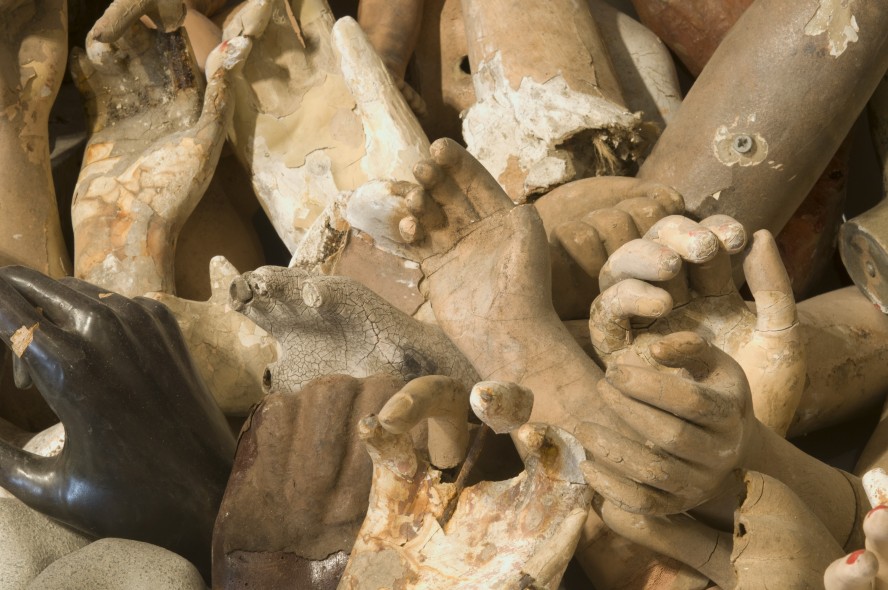
LB: After 35 years of working with sculpture, how much of a factor is experimentation in your work? Is there something about your work that still surprises you?
HP: I like to think that everything I do is experimental. I like to work with different materials and explore new directions. Doing the same thing over and over would be boring. I like not knowing what will happen, it keeps life exciting.
Everything I do surprises me. That is what makes being an artist exciting. I never really know what will happen when I begin a project or an object. It is something of a negotiation with ideas, materials, and chance. It grows into what it wants to be and you just have to keep up and be there with an open mind when it becomes. Those eureka moments are what makes it all worthwhile.